I’m Pedro, how can I help you?
Hi, I’m Pedro, an expert in equine nutrition, I’m at your disposal to answer any questions you may have about horse nutrition.
We export to more than 50 countries. Contact us if you want to know who is the distributor in your area or if you are interested in exporting.
WE SOLVE YOUR DOUBTS
I am planning on increasing the frequency and duration of my horses' workouts. How much do I have to increase the daily feeding ration?
If the amount of feed the horse is eating is adequate, (between 750 gr and 1 kg of feed per 100 kg of live weight) it is advisable to change the type of feed to a more energetic range. This is because if we increase the amount of feed we give the horse, we are forcing their digestive system to work harder, which can lead to longer and heavier digestions, with the risk that this entails; and even to not be able to digest all that amount of cereal and therefore not absorb nutrients properly.
Do all the cereals have to be processed so that the horses can digest them correctly?
The cereal par excellence used historically in equine feed, for its energy intake, richness in fiber, quality, safety and high palatability is also the most digestible of all “raw” materials. So much so that there is no difference in terms of digestibility whether it is raw or processed. That cereal is OATS.
How often do I have to feed my horse?
When specifying the kilograms of fodder or feed, we refer to quantities recommended per day. However, due to the characteristics of the digestive system of horses, their type of digestion, anatomical characteristics, etc., we highly recommend to distribute the quantities in several doses. The number of intakes will have to be evaluated according to other variables such as the type of facility, time availability, etc.; but it is recommended that they be at least 3 times a day – minimum 2 – and always accompanied by forage and ensuring that the horses have access to clean and fresh water.






